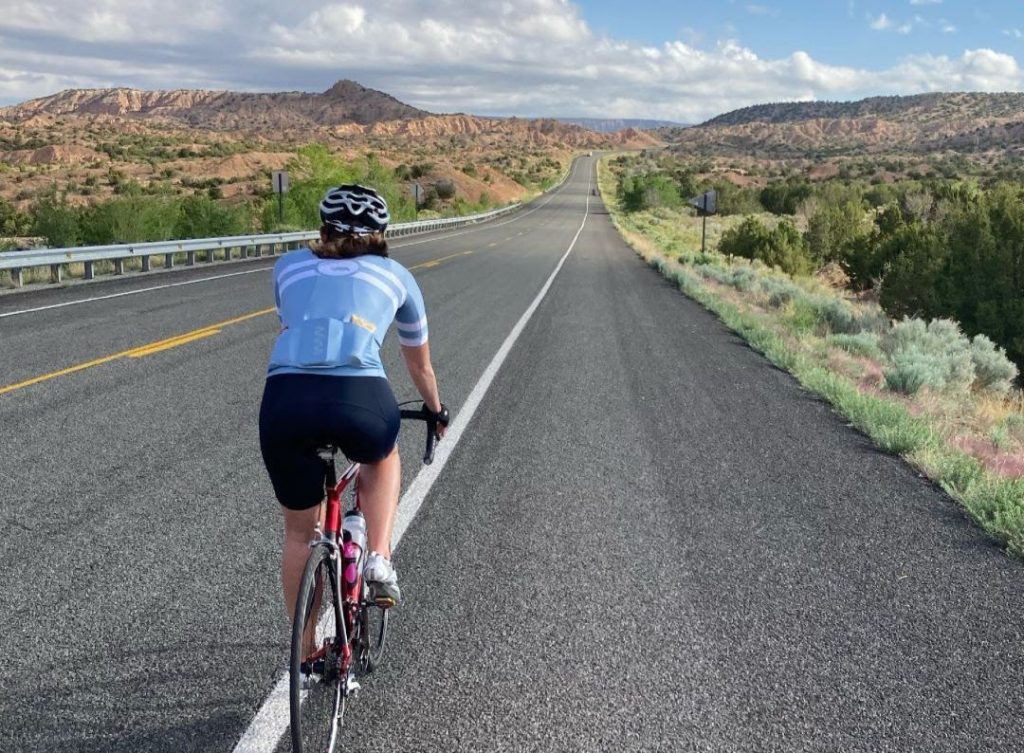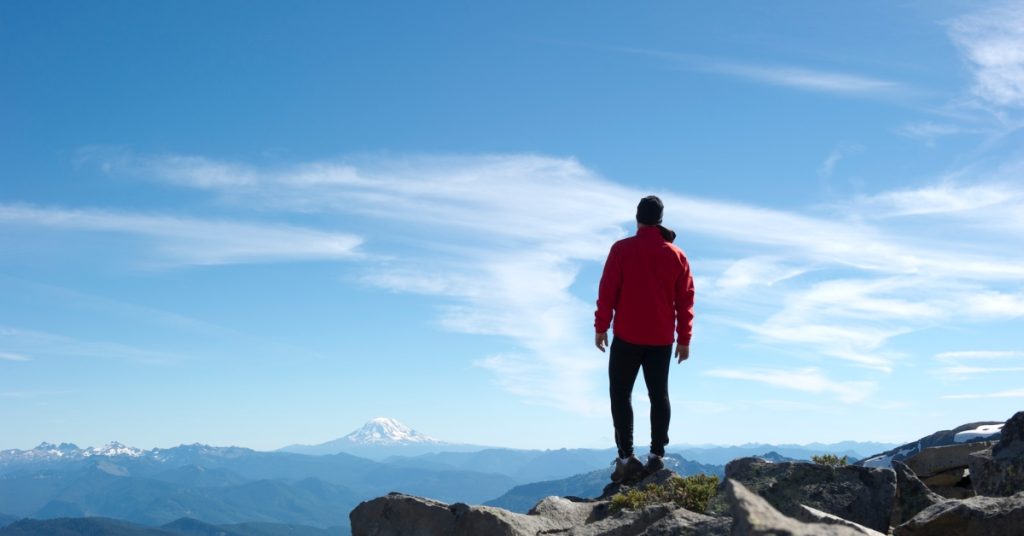While most events and races take place over one day, and that’s probably what most athletes think of when they are planning their event calendar, there’s a growing number of multi-day options for riders. Whether it’s a classic stage race format, a self-supported adventure, or limited support ride, these rides are dynamic and challenging. They should be approached differently than single day events from a physical, mental, and logistical perspective. If multi-day rides are on your radar be sure you’ve done what’s necessary to show up prepared to tackle the endeavor.
Preparing for the Physical
It’s a no brainer that you’ll need to be physically prepared for a ride lasting more than one day. However, the steps needed to get to that point aren’t always crystal clear. Preparation for a multi-day ride requires an athlete to focus on different physiological areas that aren’t necessarily called upon, or at least may not be in heavy demand, during single day events. First and foremost the ability to resist fatigue is critical. Fatigue resistance is built in part by exposure to sustained intervals at an athlete’s steady state lactate threshold, blended with short bouts of rest. This exposure in the appropriate doses is one of the building blocks necessary for sustained levels of activity day after day. Aerobic strength isn’t the only thing needed to pedal for hours on end. Building muscular strength is also key. You can have the strongest lungs, but if your musculature lets you down it’s all for not. Taking a periodized approach to strength training in the same way your bike-focused training is laid out is a great place to start. Beginning a strength training regiment early in the season that focuses on building power and force, then transitioning to a more dynamic and functional routine during later build phases can be a great way to build sustainable and functional strength for athletes. Remember to focus on your upper body as much as your lower body, as it takes strength to hold yourself on the bike for multiple days in a row.
Managing the training volume can be difficult when the goal event is longer. Often the inclination is to build up to extremely long efforts in one single ride. While the single day long ride is important, “stacking” rides can be a better way to mitigate fatigue and develop event-specific strength. Reducing the duration slightly of long rides, and executing multiple rides back to back helps to mimic both the demands of the goal event, as well as develop muscular and aerobic fatigue resistance. Monitoring training load with metrics like TSS, Acute Training Load, and Chronic Training Load ensure that volume stays on track and isn’t applied too early or too often. This approach also tends to allow for enhanced recovery and keeps the quality of quantity mindset strong.
Nutrition is always important, but it becomes even more critical when you’re riding day after day. Once nutritional requirements are not met, and a deficit situation presents itself, it becomes very challenging to get back to a place where performance can be prioritized. During training make sure to dial in not only proper nutrition during rides but also what post ride recovery should look like. The body processes nutrients differently during prolonged exercise so it’s imperative that you find a system that works for both pre, during and post ride nutrition.
Preparing for the Mental
The often grueling requirements of a multi-day event take more than just physical strength. Even though you can be extremely physically prepared, you will still get tired and have moments when fatigue tries to push through and take over. It’s during these moments that mental preparedness will be paramount, and what you’ve done during training to prepare will pay off. First and foremost, it’s important to push yourself in training. Set up opportunities where you’ll be pushed mentally to turn the pedals, climb another hill, or go for another training session. The “stacked” approach mentioned earlier has a dual purpose by helping to encourage this type of mental training. Remember that it’s not good enough to be strong on the first day, but the last day as well. This will take more than just physical strength. This is one of the main things that separates multi-day rides from single day events. It’s the inevitable fact that fatigue will build as the ride continues, and throwing your leg over the bike some days is going to be very hard. Even if you’re not physically tired, mentally you will find yourself worn down at times. These moments are what make multi-day rides so rewarding, but that reward only comes after you’ve ensured you’re both mentally and physically strong.
Logistics
Typically the preparation, planning, and logistics associated with single day rides are fairly limited. This, however, is often not the case with rides lasting multiple days. Whether it’s a self-supported bikepacking trip or a supported stage race, the logistics to consider are another component that separates these types of rides. The first, and probably most obvious, is what gear to carry, and how to carry it. Sort out way in advance what you’re going to need on the bike to keep yourself comfortable, safe, and prepared. This covers everything from clothing to the mechanical components of the bike. If you’re going to need to carry heavy gear or ride at night with lights, training rides are the place to ensure competency and comfort with these logistics. Practice what this is going to look and feel like in training and make sure you’ve checked all of the necessary boxes. Self-navigation is becoming more commonplace during adventure style stage races. If you’re going to be required to self navigate make sure you’re comfortable and familiar with what that requires. Whether it’s following a GPX file on your cycling computer, or cue sheets from a race director, this style of riding is different than most “normal” rides, so work out any issues in training. Lastly, as mentioned above, nutrition preparation is just as important as physical. Gastrointestinal (GI) training is a critical part of multi-day ride prep. Make sure you’ve sorted out how you’re going to carry nutrition, how to make it easily accessible to consume, and how you’ll easily refuel. Training the gut will help to avoid any hiccups when race day rolls around. This is just as much a logistical consideration as any of your gear and equipment needs.
Multi-day rides are a great way for athletes that are looking for a challenge, or to step outside of their comfort zone, to push themselves. While they can be approachable for most riders, they do require unique preparation to ensure success. While the physical components of training are critical, the mental is not be overlooked. Practicing and preparing in advance for any logistical challenges is also important. Shifting your mindset and training approach for multi-day events is part of what makes these rides so rewarding once the finish line is reached.



